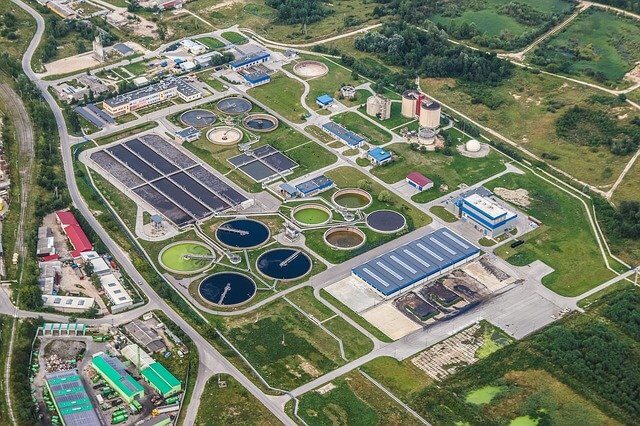SEWAGE WATER TREATMENT
Sewage water is wastewater from households, businesses, and possibly pre-treated industries. Nature has an amazing ability to manage small amounts of wastewater and pollutants incredibly well, but it would be overwhelming if we did not handle the huge amounts of gallons each day before releasing the wastewater back into the environment.
Sewage water must be treated before it reaches natural water resources such as rivers, lakes, estuaries, seas, or natural water bodies. To avoid further natural water sources pollution. The process of treating sewage water includes physical, biological, and sometimes chemical treatments to remove pollutants.
Sewage Treatment Plants are the places where the process of sewage water treatment takes place. These treatment plants reduce wastewater pollutants to a level that can be managed by nature. A by-product of sewage treatment is a semi-solid waste or slurry, called sewage sludge. The sludge has to undergo further treatments before the disposal of land. The sludge must be further treated. Reuse happens commonly in farms, although recently sludge is used as a source of fuel.

WATER TREATMENT PLANT STAGES
1. Primary treatment
Whereas sewage water arrives at the treatment plant, it contains many solids that cannot be removed by the wastewater treatment process. It can include rags, paper, wood, food, eggs, plastics, toys, and even money. This stage of sewage water treatment aims to remove those large items. Wastewater is temporarily kept in a settling tank, which is filled with Lourdes solids to the surface while lighter solids float. These large tanks are also often equipped with motorized scrapers that continuously move sludge gathered at the base of the tank to a sludge pump that fits the sludge treatment plant.
2. Secondary treatment
Secondary treatment removes the soluble organic matter that escapes primary treatment. It is designed in aerobic biological processes to extensively reduce the biological content of trash. There are four basic biological treatment techniques:
- the trickling filter
- the activated sludge process
- the oxidation pond.
- the rotating biological contact ( it is the less common method )
This stage aims to reduce common biodegradable contaminants down to safe levels.
3. Tertiary treatment
Tertiary wastewater treatment aims to increase water quality to domestic and industrial standards or to meet specific water discharge criteria. By removing phosphates and nitrates from the water supply. Substances like activated carbon and sand are among the most commonly used materials that assist in this process.
Share this post
